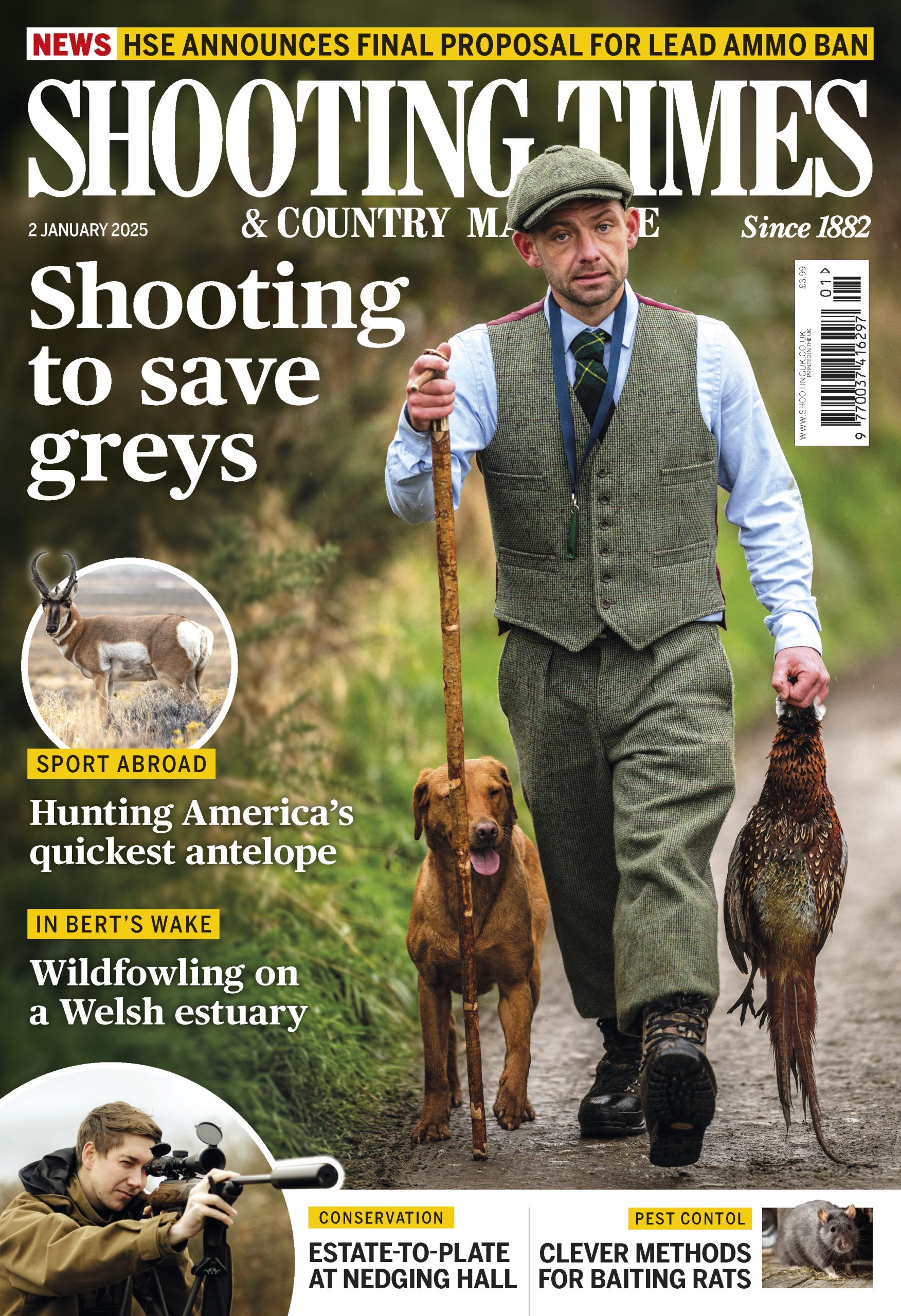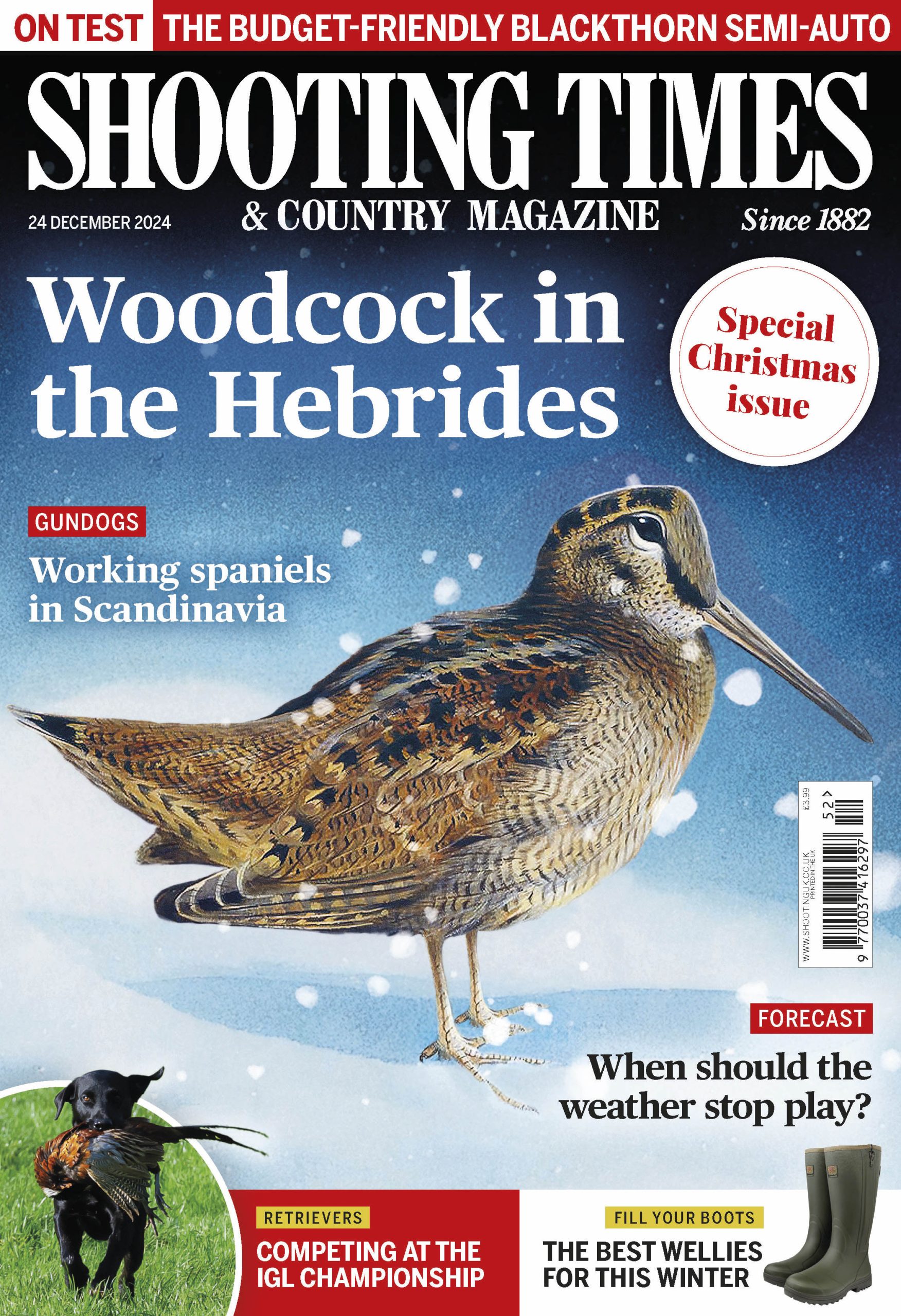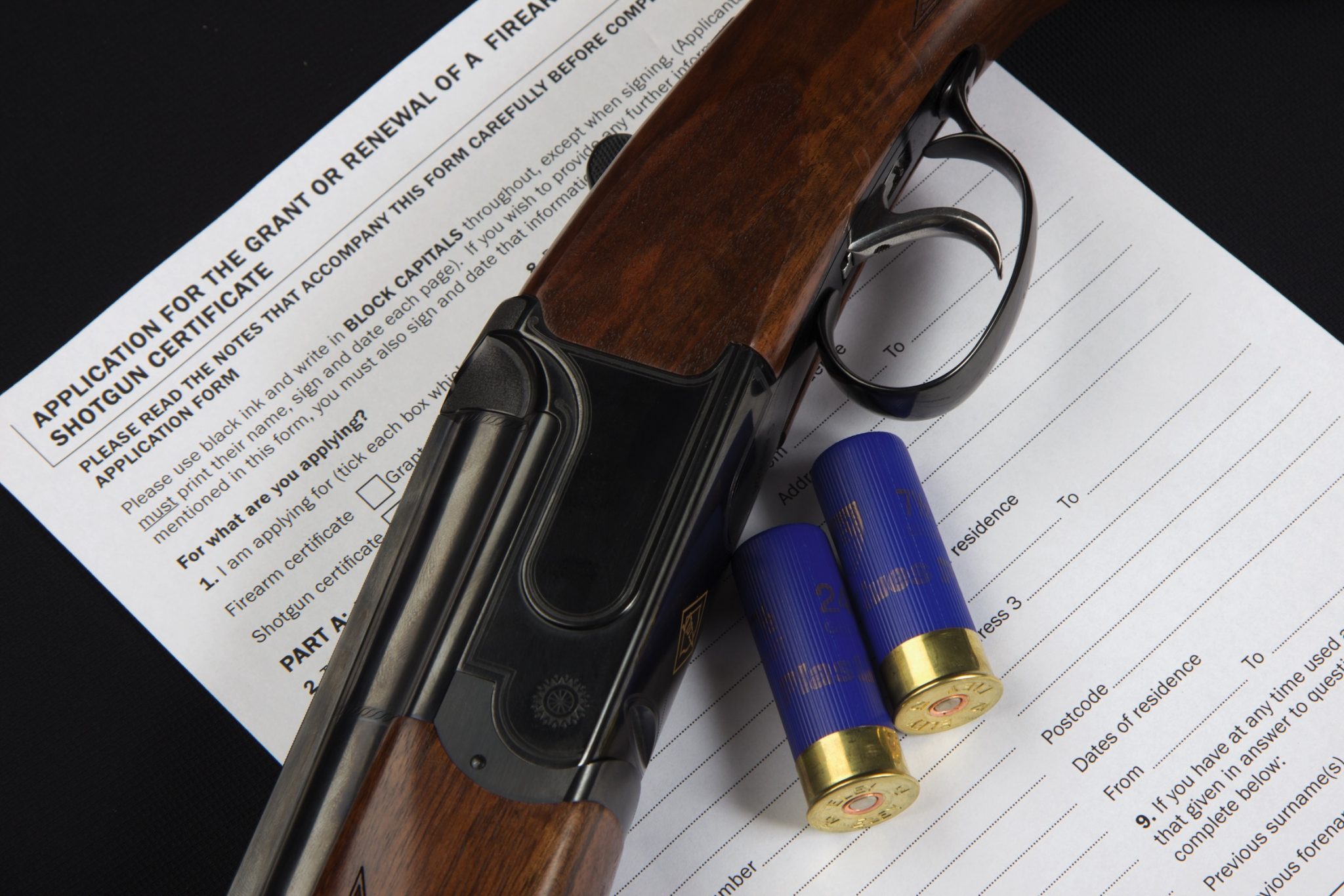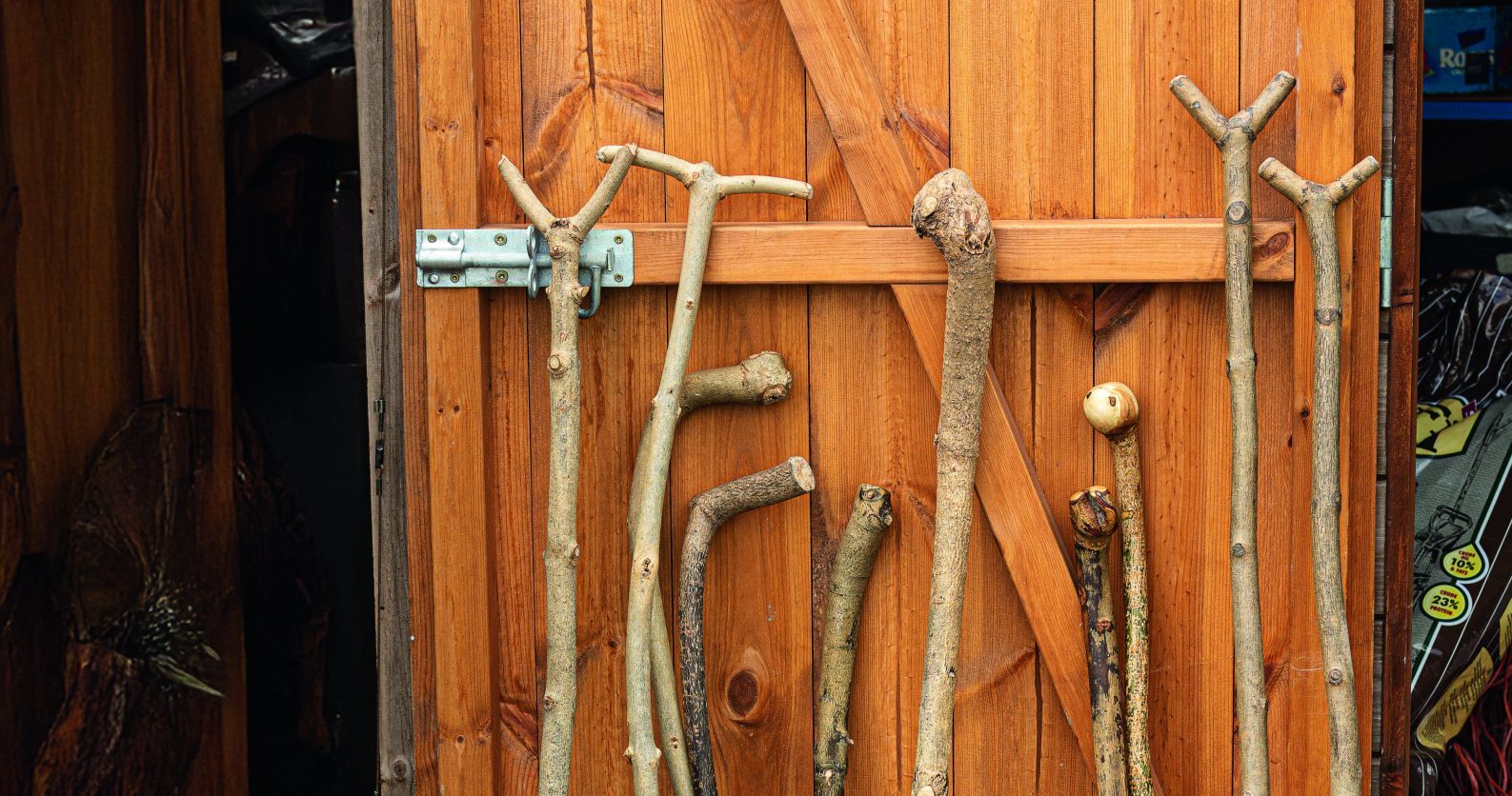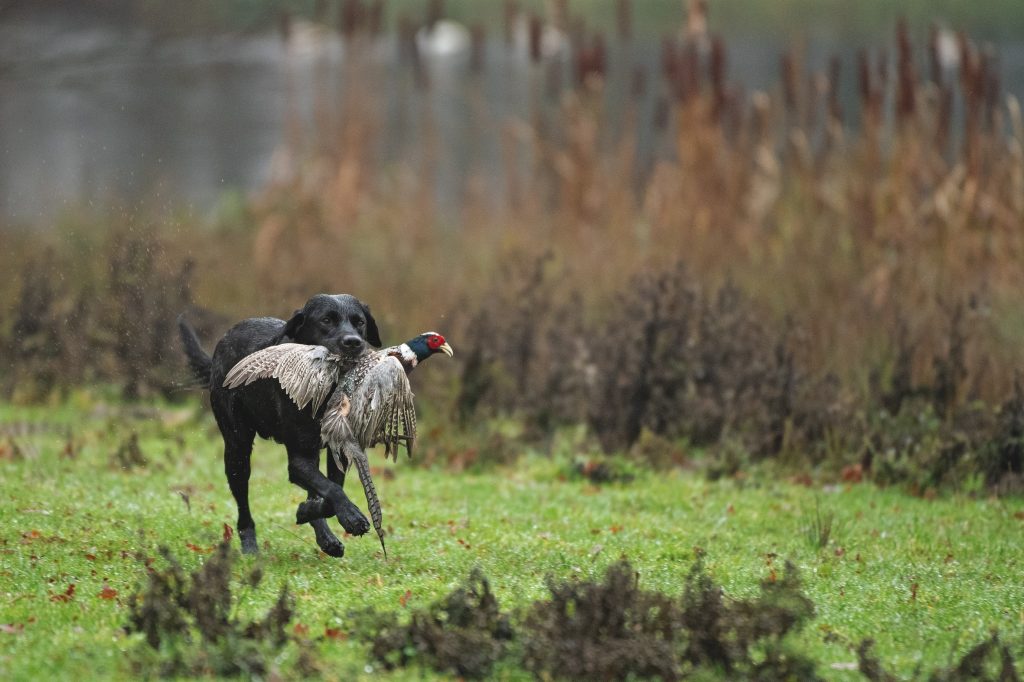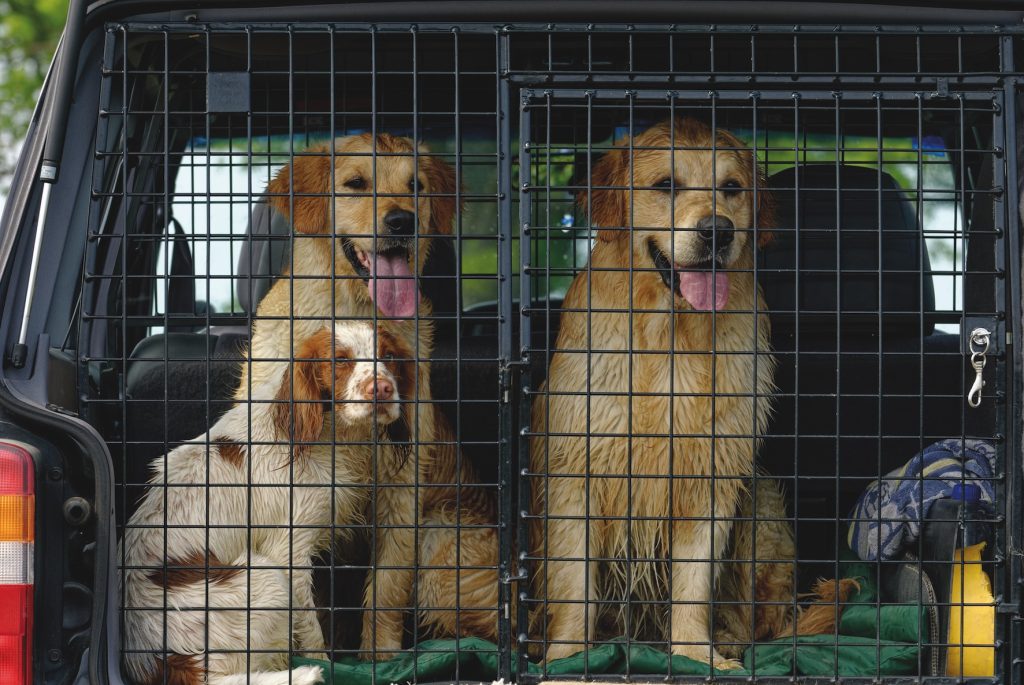Win CENS ProFlex DX5 earplugs worth £1,149 – enter here
Gundog breeds in focus: The Clumber spaniel

Look at the wonderful Victorian paintings of Clumber spaniels and you will see a dog that has only a passing resemblance to the Clumbers that dominate the show benches today. This sporting spaniel was developed by the Duke of Newcastle at Clumber Park in Nottinghamshire as an active, agile dog, bred for working in the beating line. The original Clumbers were reputed to weigh no more than 30lb: today’s show spaniels weigh more than twice as much.
The Clumber reached its peak more than a century ago: it enjoyed royal patronage, with Prince Albert, King Edward VII and King George V all Clumber enthusiasts. Sadly, its popularity declined in the 20th century, and if it wasn’t for the dedication of the show community the breed may well have become extinct. However, the demands of the show bench led to the development of a much bigger, less sporting animal. Until recently the breed standard even required a “massive spaniel”.
Proper working gundog
Fortunately for the Clumber, there were a few enthusiasts who were determined to re-establish the breed as a proper working gundog.
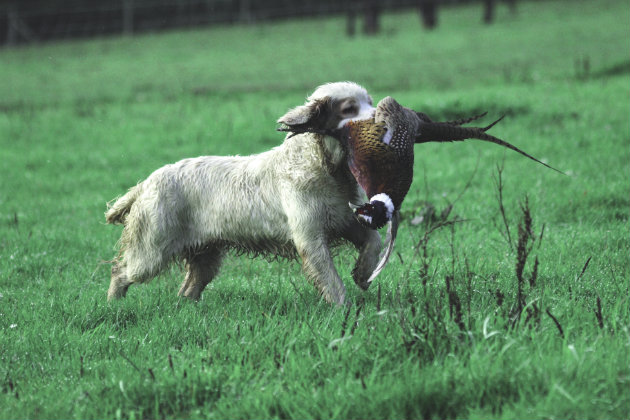
Working-bred Clumber spaniels have good noses and an ability to keep going all day
The formation of the Working Clumber Spaniel Society in 1984 was a significant moment in the breed’s history. Here at last was a group of people who wanted spaniels that were fit to work, and who used the Victorian paintings as a template for the type of dog they wanted to recreate. Selective breeding has led to smaller, more agile spaniels, while the traditional orange or lemon markings are valued again — many of the Clumbers bred for show are solid white.
Recreating a sporting Clumber spaniel has been far from easy, and though a distinct working strain now exists, there are still problems with inbreeding due to the lack of genetic variety available. However, there is also change in the show world. In response to criticism, including, notably, in the BBC programme Pedigree Dogs Exposed, the Clumber’s breed standard has been revised, the word “massive” deleted, and the requirement is now for spaniels that are “firm, fit and capable of a day’s work of beating in heavy cover”.
It’s debatable how many of the Clumbers exhibited at Crufts last year could have managed a day’s beating, but there have been a number of encouraging successes in field trials by working-bred dogs in recent years. James Darley, one of the pioneers of re-establishing the Clumber as a genuine shooting spaniel, has handled his bitch Bella (Venaticus Henrietta) to no fewer than eight field-trial awards, including two first places in minority spaniel trials and a recent certificate of merit in an AV spaniel trial, the first Clumber bitch to win such an award since 1938.
Good noses and a genuine enthusiasm for hard work
Such success in the competitive world of trialling is proof that for the roughshooter looking for a genuine shooting dog, the Clumber is worth considering. It may not be as fast as a springer or cocker, but working-bred Clumbers have good noses and a genuine enthusiasm for hard work, together with the ability to keep going all day. If you dare to be different, then a Clumber may be the dog for you.
What you need to know
Registrations annually: Around 250
Breed characteristics: A strong, well-proportioned sporting spaniel
Colours: White with lemon or orange markings and a freckled muzzle
Typical lifespan: 12 years
Points for: Excellent roughshooting companion or beater’s dog
Points against: Not many genuine working puppies are available. Show-bred dogs are too big and have health problems
Breed societies: Working Clumber spaniel society (1984); The Clumber spaniel club (1904)
Related Articles
Get the latest news delivered direct to your door
Subscribe to Shooting Times & Country
Discover the ultimate companion for field sports enthusiasts with Shooting Times & Country Magazine, the UK’s leading weekly publication that has been at the forefront of shooting culture since 1882. Subscribers gain access to expert tips, comprehensive gear reviews, seasonal advice and a vibrant community of like-minded shooters.
Save on shop price when you subscribe with weekly issues featuring in-depth articles on gundog training, exclusive member offers and access to the digital back issue library. A Shooting Times & Country subscription is more than a magazine, don’t just read about the countryside; immerse yourself in its most authoritative and engaging publication.
